After an official announcement that left fans waiting for over two years, AEW Fight Forever was finally released on all platforms on June 29th. If you have been following my Twitter account (@LynchReborn), you would be aware of my high anticipation for the game and my dedication to delivering news to my followers. Now that the product has finally reached gamers’ hands, the question arises: was it worth the wait? Does this truly mark the return of AKI-Style wrestling games?
Numerous fans have been eagerly anticipating a game that, in the words of Kenny Omega, is “easy to play, hard to master” and requires genuine skill to win matches, rather than relying on a formulaic and constrained gameplay design. Did AEW: Fight Forever fulfill this promise? In essence, it did. However, given that it was developed by Yukes, it was never going to be a masterpiece, and this becomes apparent within the game itself.
Let’s delve right into discussing the gameplay. If you are a fan of mine, you’re aware that I have been disappointed with 2K’s gameplay for a while now, as it feels as shallow as the kiddie pool in my backyard. So, Fight Forever appeared to be a dream come true. The return to AKI controls and gameplay style, the guidance from Geta-san, and Kenny Omega’s enthusiasm to revive classic wrestling all sounded fantastic. However, Yukes, known for their somewhat ineptitude, brings back that reputation with some puzzling choices and sacrifices that slightly diminish the flow and quality of the gameplay.
The game performs well, with minimal bugs compared to WWE, and so far, no instances of characters flying all over the arena due to broken physics. That being said, there are still several issues with the logic gates in the gameplay flow. For instance, characters may not be in a blocking state, yet I am unable to land a punch because the logic gate hasn’t updated their stance from the previous animation, allowing them to sneak in an attack. The lack of blendspace animations is evident in situations like catching top-rope divers, where character poses change abruptly without any interpolation. These noticeable anomalies make the game feel less like a premium title and more like a product from an inexperienced studio.
Regarding Geta-San’s involvement and Kenny Omega’s enthusiasm, their contributions are evident. The controls function smoothly, although there are some peculiar placements, such as the B button (Xbox) being used for running. However, the control scheme is largely based on the AKI video games like WCW/NWO Revenge. Many functions from those games have been retained, such as holding the recovery button to roll, attack, or grapple. The iconic low-blow with the accompanying “ding” sound effect is also present, but only accessible to superstars with the “Desperation Impulse” Skill. The game successfully captures the essence of what made those AKI games memorable and will likely be regarded as the best spiritual successor ever created. However, Yukes falls short in incorporating the masterful programming, depthful balance, and intricacies that the AKI engineers were renowned for. At times, it feels more like an echo of AKI rather than a faithful replication. It becomes evident that Geta’s role was primarily “counseling” rather than hands-on involvement in coding functionality. Nevertheless, the game proves to be perfectly enjoyable for casual multiplayer. However, if they intend for this game to thrive as a competitive ranked fighter, balancing issues need to be addressed.
Yukes does a decent job of modernizing the AKI format by incorporating elements they later introduced in the Smackdown vs Raw game series. This game features Skills, similar to 2K’s games. However, unlike 2K, these Skills serve a well-balanced functional purpose and are seamlessly integrated as real tools that can turn the tide of a match. Bail Out, in particular, is highly useful, although it occasionally results in a punishable taunt when utilized. Details like these contribute to elevating the game as a true fighting game, where identifying openings is crucial for victory. Another valuable skill is Rebound Recoil, which allows characters like Jon Moxley to rebound off the ropes and counter with a defensive move after being thrown. Moxley performs his signature lariat after activating the recoil, while Bryan Danielson executes a backflip off the turnbuckle post. The Skills are skillfully blended into the AKI-style gameplay, offering a familiar yet fresh experience.
Yukes, starting from scratch, has also made significant improvements to the gameplay experience in various match types, offering a fun and refreshing contrast to their previous WWE titles. One notable example is the completely new Ladder mini-game. Instead of timing a ball into a hole, players now have to rapidly press a visible button to unlock one of four segments on the belt. Once all four segments are unlocked, the match is won. Tag Team matches in this game are truly remarkable compared to their previous iterations. The AI partners are consistently engaged in the action, creating an atmosphere of constant chaos reminiscent of early AEW and giving off the vibe of a Tornado Tag match multiple times throughout the bout. Playing Tag matches in this game feels genuinely rewarding, although it does have its imperfections. Unfortunately, the AI partner does not navigate around obstacles, so pinning close to your partner can be punishable as they won’t maneuver around you to prevent the opponent’s partner from breaking up the pin. However, when their path is clear, the AI partner functions nearly flawlessly.
Wrestling gamers also received their first-ever Barbed Wire Explosion Deathmatch mode in a studio-published 3D wrestling game, and Yukes has truly delivered with this one. The visuals and impact of the moves into the barbed wire create a sense of wild and insane violence. The explosion countdown adds an additional layer of tension, as the character’s position in the ring determines the extent of damage caused by the explosion. Overall, Yukes has done an admirable job in re-coding classic match types, but future updates will require more variety to further enhance the gameplay experience.
A heated debate on social media revolves around whether or not AEW: Fight Forever offers enough “content” to justify its price point. The problem with this argument is that most people are approaching the game from the wrong perspective. Many participants in the debate assume that AEW: Fight Forever is a typical “wrestling game,” which is not entirely accurate. In reality, it is purposefully designed as an Online Ranked Fighter, akin to titles like Street Fighter or Tekken, that happens to utilize the AEW license. Whether this is a positive or negative aspect depends entirely on personal preferences. However, the content included in the game is tailored to this intention and should be evaluated accordingly.
The offline mode offers a robust experience for a Fighting Game. It includes various offline match types, a Road to Elite story mode (resembling Arcade Mode in Street Fighter), and even minigames reminiscent of Fuzion Frenzy, providing a chance to unwind between intense matches. The customization suite, while somewhat lacking, does provide some options for enhancing your in-game performance. However, if we were to assess it solely as a “wrestling game” akin to Smackdown vs Raw or WWE 2K, it does fall short in that regard. It is hoped that more features will be added, such as a tournament creator, to cater to the needs of offline-only players and ensure the longevity of their gameplay experience.
The Road to Elite mode in Fight Forever is written and designed by Justin Leeper, a veteran from the Smackdown vs Raw series. It offers a fresh and original approach to a wrestling game story mode. The general structure consists of 4 Blocks, each containing 4 different story paths. Each story provides 4 weeks of wrestling, with the option to include Dark and Rampage starting from Block 2. The mode is intended to be replayed frequently, as it is the only way to upgrade your created wrestlers. However, I personally found it to become repetitive and tedious after multiple playthroughs.
On the positive side, Road to Elite mode adopts a care-free and lighthearted attitude, resembling that of a JRPG, aiming to provide entertainment and silliness to players. It steers clear of dark and gritty storylines about the struggles of becoming a wrestler, in contrast to the TV show Heels. The mode is infused with humor, fourth-wall breaks, and general clowning around. Pop culture references are sprinkled throughout the dialogue, names, and locations in the Sightseeing option. The loading times between screens are remarkably fast, and progressing to an actual match feels significantly quicker compared to previous wrestling game story modes. While much of the content is optional, all of it is worth experiencing at least once. Road to Elite allows players to embark on the journey with either Created Wrestlers or AEW Roster stars, offering unique paths based on their personality traits. The story also draws inspiration from real AEW history, enabling players to learn about the company if they were not previously fans. It incorporates real-life historical archive footage to provide context and catch players up on the reasons behind AEW’s existence or the significance of certain matches in Road to Elite. This approach to presenting history is engaging and avoids the cumbersome and dull nature of WWE 2K’s Showcase Mode. The inclusion of Justin Leeper, with his experience in previous wrestling game titles, collaboration with professional wrestlers, and expertise in motion capture and animation, was a wise decision.
As mentioned earlier, the negatives become evident after multiple playthroughs. The light-hearted tone of the mode, while enjoyable in the first few runs, can start to wear thin. The dialogue loses its comedic impact, similar to attending multiple shows of the same comedian’s tour and no longer finding the jokes amusing. The characterization of certain AEW stars is sometimes sacrificed for the sake of humor, although others, such as Abadon and Orange Cassidy, are portrayed exceptionally well. The “Turns” menu can feel like a chore, especially when having to visit the Hospital due to a random choice or being forced to Dine to maintain your spirit. Even though the dialogue in each scene can be skipped, it still results in wasted time when all you want is to replenish your energy or heal an injury. It is worth noting that Road to Elite is well-designed, but one wonders about the decision to require at least 13 playthroughs to unlock certain content, as completing a single run unlocks one of the many minigames in the Shop. Overall, it is recommended to play Road to Elite enough times to experience the 12 different stories, as certain paths are necessary to unlock Paul Wight and Mr. Brodie Lee.
The sound design in Fight Forever is pleasantly surprising. One notable aspect is the absence of commentary, which I personally appreciate. Instead, background music plays during wrestling matches. The BGM playlist can be customized with a wide selection of tracks from Mikey Ruckus and AEW Entrance Themes, offering a seemingly endless variety. The volume of the music can be adjusted separately for offline and online matches. In addition to the music, several wrestlers have recorded dialogue during matches, adding to the authenticity of the game and enhancing the online roleplaying experience. For example, playing as MJF and hearing him taunt the opponent to tap during his finisher contributes to making the game feel more like a live event. Justin Roberts brings his real-life enthusiasm to announcing the wrestlers’ entrances, and the Foley work adds another layer of impact to moves, creating a sense of true violence.
When it comes to the visuals of the game, it’s a somewhat complex topic. In terms of the pure art files, the game showcases the talent of incredibly skilled artists. The textures are crisp, detailed, and the models are well-sculpted. In terms of asset quality, the game is nearly on par with AAA titles. However, the visual aspect suffers due to the decisions made by the tech art team regarding lighting and shaders. For instance, the championship belts in AEW Fight Forever shine beautifully with metallic reflections under the entrance lighting. However, when exposed to the lighting under the ring during victory scenes, they appear worse than toy versions found at a store. The game’s visual quality is hampered by inadequate lighting with minimal indirect bounces. The complete darkness of the venue stadium, intended to conceal the fact that only three rows of the crowd were rendered, highlights the long-standing incompetence of Yukes in the visual department, despite working on a new engine. It seems that the engineers and tech artists struggled to achieve AAA-quality visuals while maintaining a decent frame rate across all platforms.
On the positive side, AEW Fight Forever is the first 3D wrestling game on PC to offer native 120fps support for all aspects, including entrances and gameplay. The higher frame rate on PC can somewhat compensate for the game’s lower-tier graphical display and provides a noticeable difference in visual smoothness.
Overall, the value of Fight Forever at its premium price point is a matter of personal preference and what you seek in a wrestling game. For those who primarily enjoy offline gameplay, the title may not hold as much appeal since its true strength lies in the ranked online competition. Offline mode seems to serve as more of a practice arena rather than a robust single-player experience. Nonetheless, the game serves as an excellent foundation for a platform game that has the potential to evolve and expand over time.
The gameplay fundamentals are solidly in place, providing a return to the beloved wrestling mechanics of old. However, there is room for improvement, particularly in terms of balancing issues that need to be addressed. The Creation Suite, while lacking in its current form, does lay the groundwork for future expansions and enhancements that could greatly enhance player creativity and customization. Listening to player feedback and making necessary adjustments is crucial for the online component, as rage-quitters and other issues have caused frustration for high-ranked players, leading some to abandon the game.
The current Metacritic score for AEW: Fight Forever seems to be a fair reflection of its current state. It has successfully captured the nostalgia of wrestling gamers longing for a return to classic gameplay, drawing them in with enthusiasm. However, the road ahead is not without challenges, as the game needs to find ways to retain the interest and investment of its player base. The potential is there, and with continuous updates and improvements, Fight Forever could carve its place as a competitive and entertaining wrestling game in the long run. For now, it’s a promising start with ample room for growth and refinement.
A copy of AEW: Fight Forever was not provided for review, images and media provided by THQ Nordic for press use

Free-lance writer formerly a member of http://ComicBookMovie.com and ThinkMcFlyThink, now just casually modding and datamining video games for their respective communities.
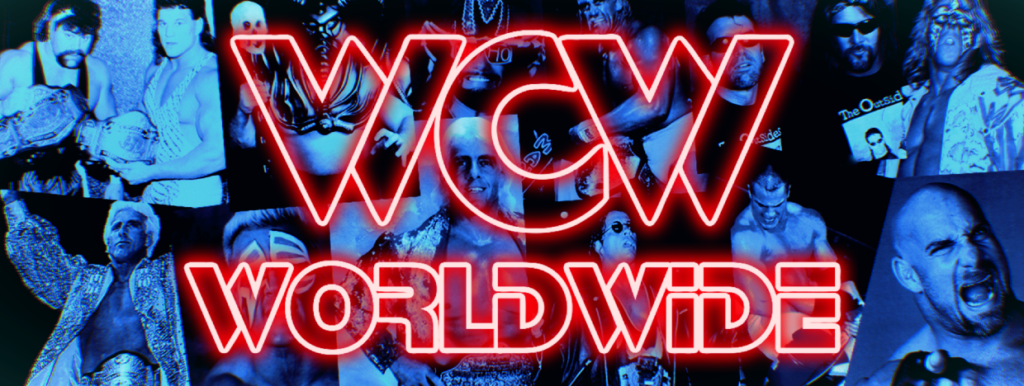

![WCW eBay Find of the Day: JCP + NWA Danger Zone Calendar [1988]](https://wcwworldwide.com/wp-content/uploads/2023/08/dangerzone-banner-218x150.jpg)
![WCW eBay Find of the Day: NWA/WCW ROOS Shoes Catalog [1990]](https://wcwworldwide.com/wp-content/uploads/2023/01/Roos-wcw-banner-02-218x150.jpg)
![Full Magazine Scans: WCW Wrestling Wrap-Up [March 1990]](https://wcwworldwide.com/wp-content/uploads/2020/09/LexLugerBanner-218x150.png)
![Full Magazine Scans: NWA Wrestling Wrap-Up [May 1989]](https://wcwworldwide.com/wp-content/uploads/2020/07/eddie-missy-rick-banner-218x150.png)
![Full Magazine Scans: NWA Wrestling Wrap-Up [February 1990]](https://wcwworldwide.com/wp-content/uploads/2020/04/ZManBanner-218x150.png)
![Full Magazine Scans: WCW Magazine (Germany) [November 1994]](https://wcwworldwide.com/wp-content/uploads/2021/05/jeanpaul-banner-218x150.png)
![Full Magazine Scans: WCW Magazine [February 1994]](https://wcwworldwide.com/wp-content/uploads/2021/05/maxxpayne-banner-218x150.png)
![Full Magazine Scans: NJPW Magazine Special #82 [1992]](https://wcwworldwide.com/wp-content/uploads/2020/09/steinersbanner-218x150.png)
![Full Magazine Scans: WCW Magazine #55 [November 1999]](https://wcwworldwide.com/wp-content/uploads/2023/07/bret-hart-banner-218x150.jpg)
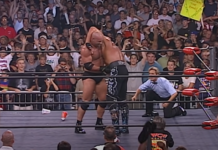

![Full Magazine Scans: WCW Magazine #51 [June 1999]](https://wcwworldwide.com/wp-content/uploads/2023/02/Macho-Banner1-218x150.jpg)

![Complete Collection of Valentine’s Day WCW/nWo Cards! [1998-2000]](https://wcwworldwide.com/wp-content/uploads/2021/02/ValentinesBanner-218x150.jpg)
![This Day in WCW History: WCW Signs Off Forever [2001]](https://wcwworldwide.com/wp-content/uploads/2019/03/wcwworldwidebanner02-218x150.png)
![Full Magazine Scans: DK Readers’ WCW Fit for the Title [2001]](https://wcwworldwide.com/wp-content/uploads/2018/10/Kidman-218x150.png)
![Full Magazine Scans: WCW Magazine #58 [February 2000]](https://wcwworldwide.com/wp-content/uploads/2018/09/VampImage-218x150.png)
![Full Magazine Scans: WCW Australia Tour Program [2000]](https://wcwworldwide.com/wp-content/uploads/2018/09/WCWTourBannerLogo-218x150.png)


![This Day in WCW History: The Final Episode of ‘WCW Monday Nitro’ Airs [2001]](https://wcwworldwide.com/wp-content/uploads/2017/03/McMahonIsSatanCover-218x150.jpg)

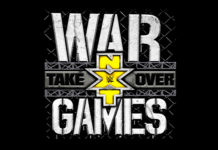



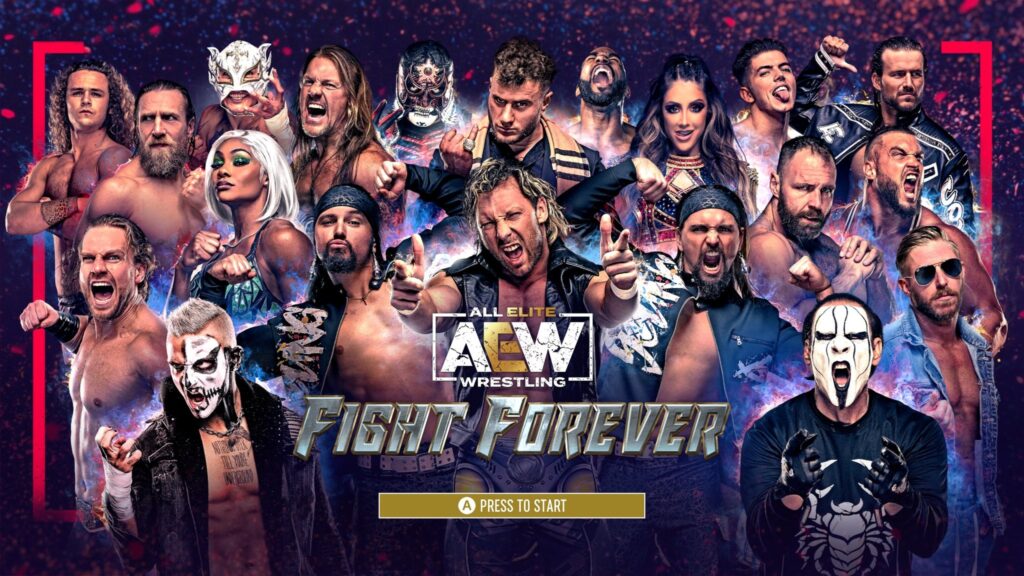
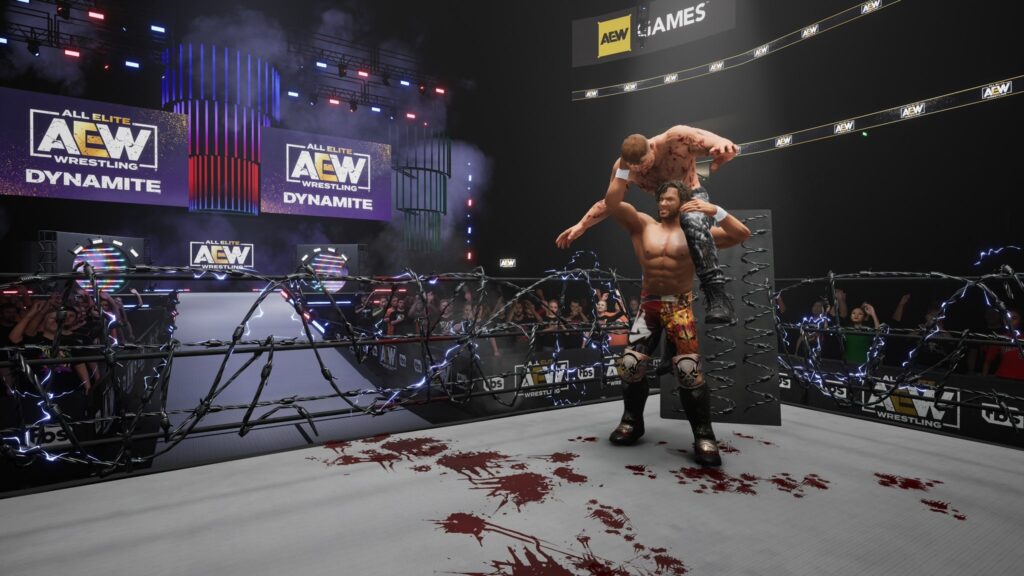
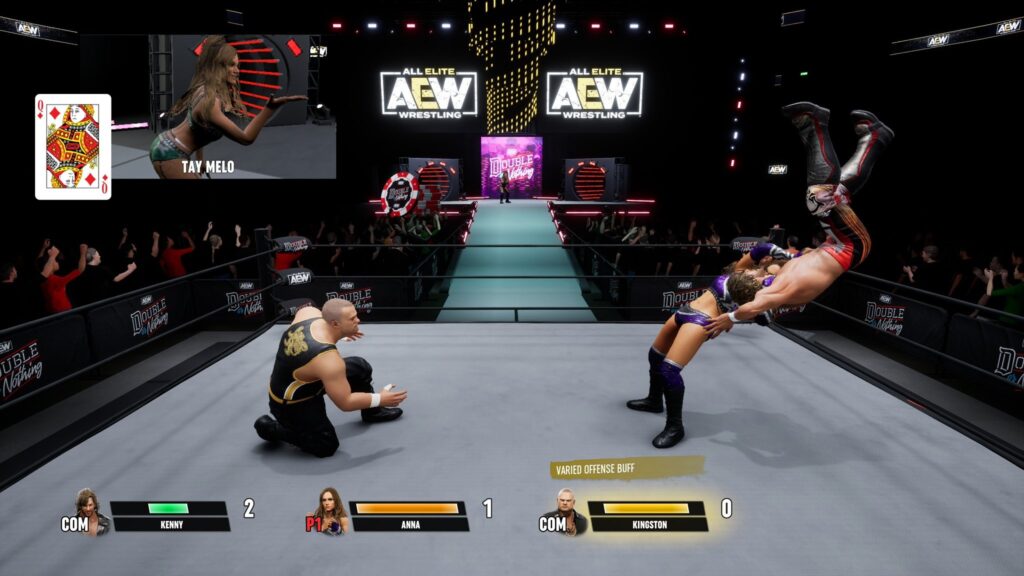
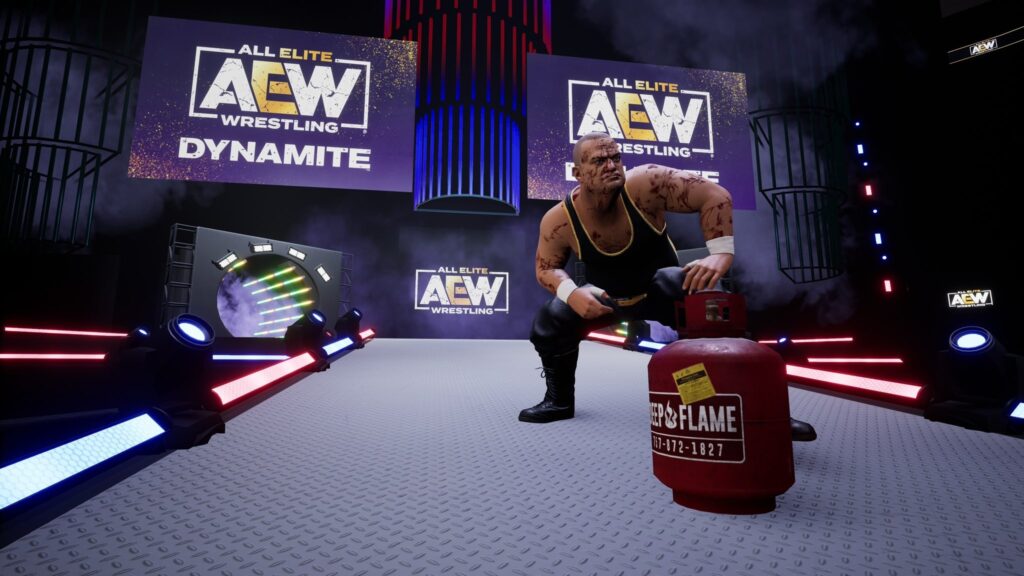
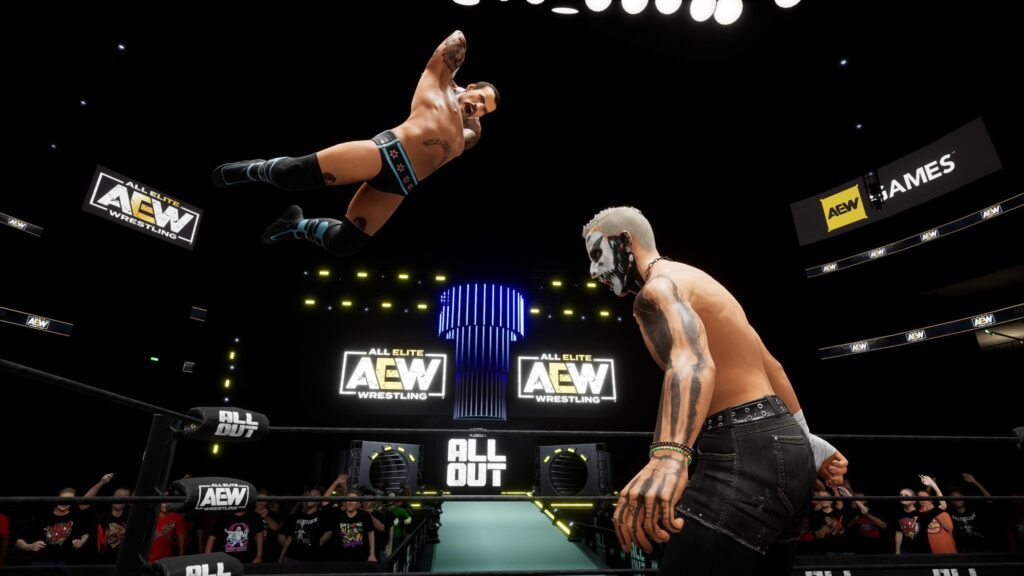
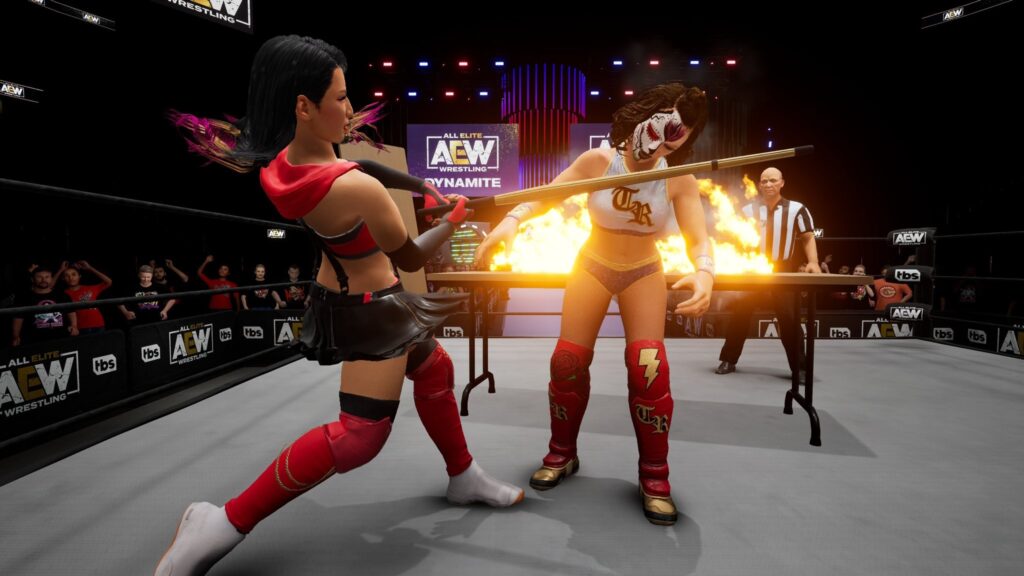
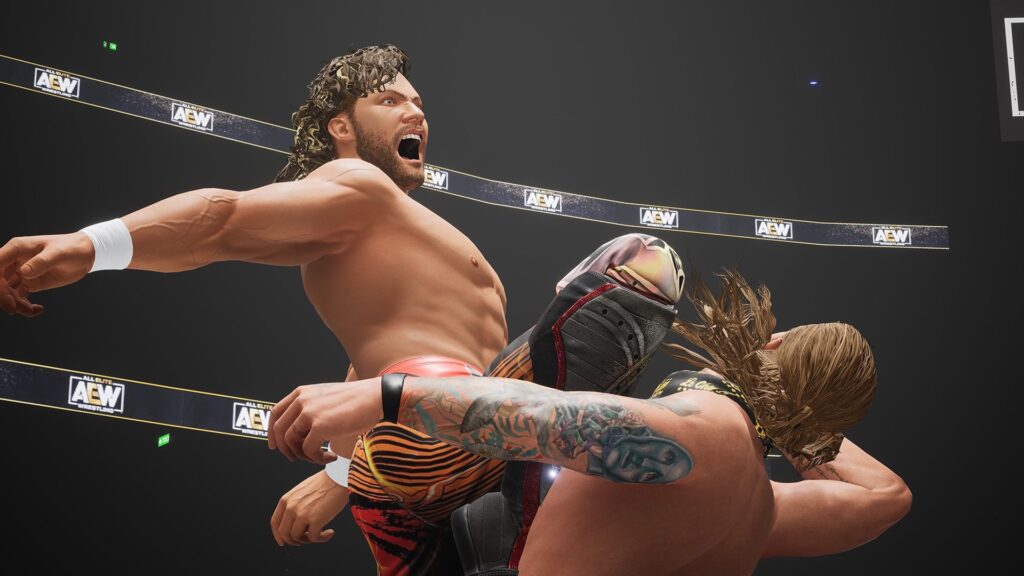

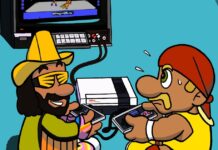

Last night watching qvc computer show and they where using AEW on the computer screen test
Euhh…
Revenge is the best wrestling game ever made, the best 64 game ever made, and 1 of the best games ever period. Such a simple game to pick up and just play, yet so full of unique twists and turns.
classic game man i loved playing it
It plays exactly like the AKI games with some cool modern touches added.
I cannot wait for Stadium Stampede mode to drop.
so weird that they did not promote that mode at all before launch
I -think- the strategy was to make a surprise drop a while after launch to get another sales boost, but data miners found the code for it and leaked it all over.
yeah, the guy who wrote this review was the one that found it haha